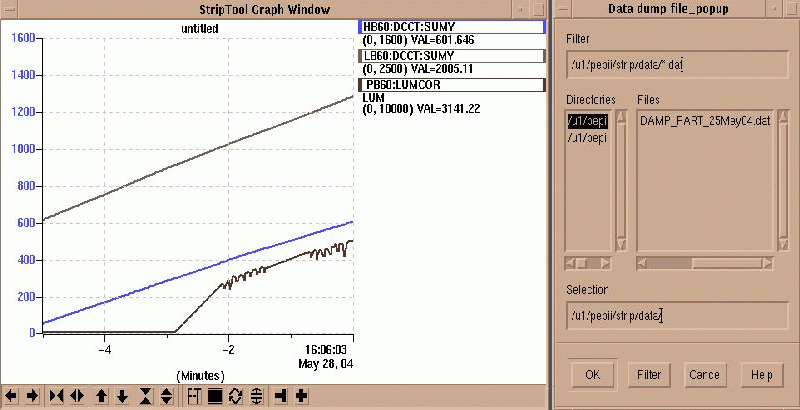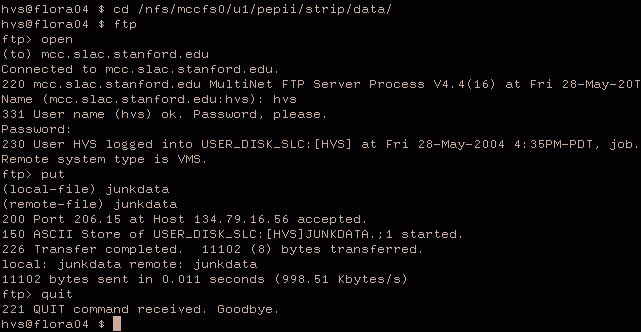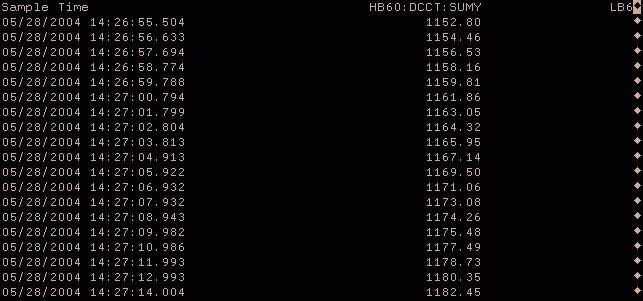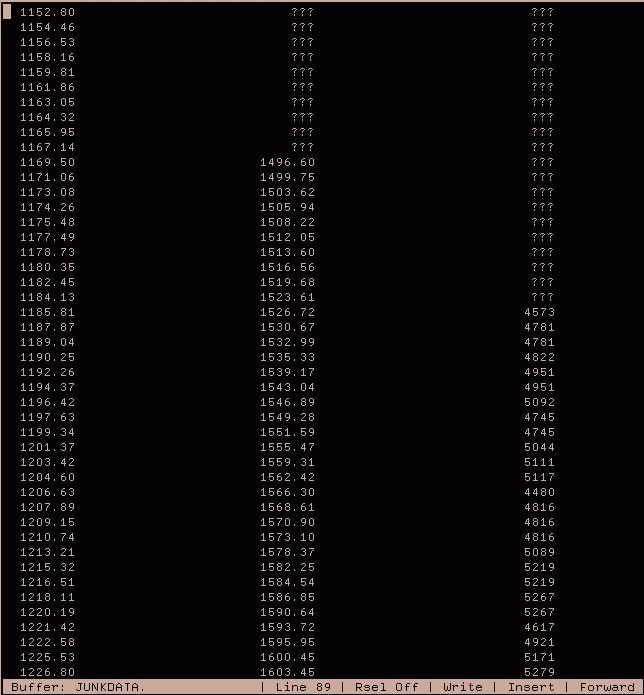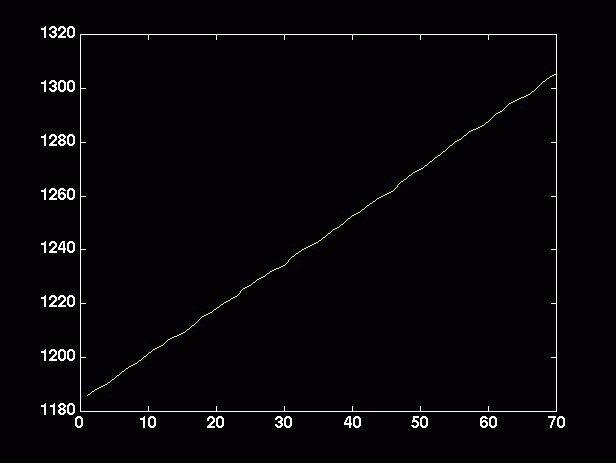The first thing to do is recognize that on your striptool graphics window there is an option to "dump the data". In the striptool graphics window use the right mouse button to pop up a menu bar. Scroll the mouse down to "dump data". A dialog box appears and in the "selection" field you can type in a file name and then "OK".
This action writes a (text) file to the unix file system. The location is (presently) specified by /nfs/mccfs0/u1/pepii/strip/data/.
To get to this file you can get onto one of the SLAC unix machines and move yourself to the directory specified above.
I prefer to deal with the information on the VMS MCC machine rather than on unix. One way to copy the data from unix to MCC is to use ftp (there are many other methods too). In the example I show, we'll presume that I have used striptool to dump data to a file called "junkdata". Here is how you can move the data to MCC:
